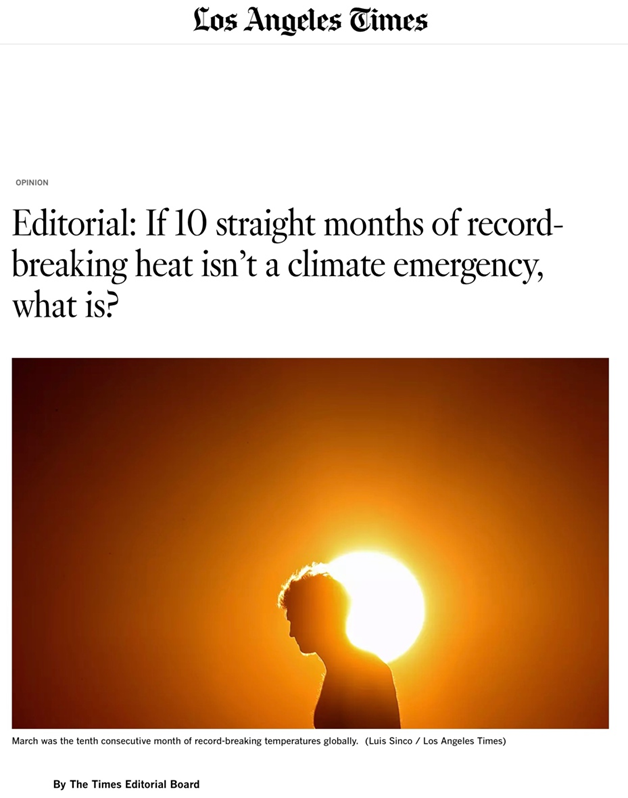By Kenneth Richard on 2. July 2020
A new 1876-present temperature reconstruction for Northern Finland shows the 1930s were the warmest period of the last 140 years. And there has been no net warming since.
Tree density analysis, MXD, has a “more prominent association with temperature” than measuring tree ring widths because it can more clearly separate precipitation factors affecting tree growth from temperature-limiting factors (Bjorklund et al., 2020).
Northern Finland is characterized as “the most suitable place in the world for temperature reconstruction” because it sits on the edge of where trees can or cannot grow (or survive) due to clearly defined temperature limits on growth. (For example, forests used to extend to the coast of the Arctic Ocean during the Early Holocene, indicating the Arctic region needed to have been 2.5 to 7°C warmer to accommodate such tree growth.)
Pinus sylvestris (29 trees) from northeastern Finland indicate the warmest interval since 1876 occurred in the 1930s, and since then there has been no net warming. This is visible in both tree ring width (RW) and density (MXD) analysis.

Image Source: Bjorklund et al., 2020
Other new “dendroclimatic” studies also show a similar temperature pattern of a warm early/mid-twentieth century and a subsequent cooling in the 1960s and 1970s prior to another warming in the 1990s-2000s. For example, in China, tree ring evidence suggest such a pattern for soil temperatures (Yuan et al., 2020), and Keyimu et al. (2020) find “A.D. 1940–1965 witnessed the longest extended warm period at Big Snow Mountain Scenic Area over the past 180 years”.

Image Source: Yuan et al., 2020

Image Source: Keyimu et al. (2020)
Proxy evidence from across the Northern Hemisphere may also show this same warming-cooling-warming temperature pattern. They also show the modern period is not climatically unusual relative to past ~1,500 years (Stoffel et al., 2015, Schneider et al., 2015).

Image Source: Stoffel et al., 2015





